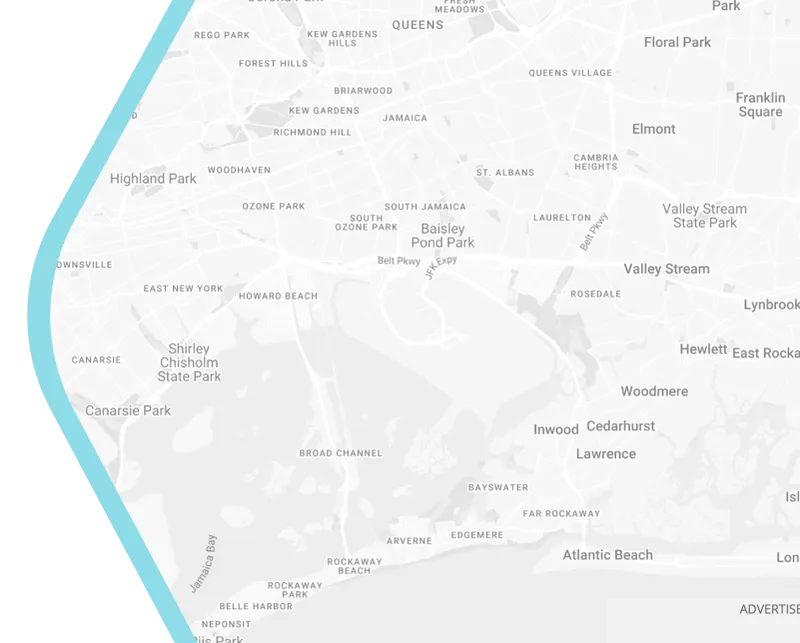
Building Smarter Cities: The Intersection of Modern Standards and Urban Innovation
Introduction to Modern Building Standards and Smart Cities
Cities are the engines of economic growth, innovation, and cultural exchange. But as urban populations grow—Australia’s urban population is expected to reach 30 million by 2030 (Australian Bureau of Statistics)—the need for smarter, more sustainable cities has never been more urgent. Enter modern building standards: a set of regulations and practices designed to ensure safety, sustainability, and efficiency in urban development.
But what happens when these standards meet the vision of smart cities? Smart cities leverage technology, data, and innovation to improve the quality of life for residents while minimizing environmental impact. In Australia, this intersection is driving transformative projects in cities like Sydney, Melbourne, and Brisbane.
In this blog, we’ll explore how modern building standards are shaping the future of urban innovation, the key trends to watch, and what this means for developers, planners, and policymakers.
The Role of Modern Building Standards in Urban Development
Enhancing Sustainability Through Building Codes
Sustainability is no longer a buzzword—it’s a necessity. Modern building standards prioritize energy efficiency, waste reduction, and the use of eco-friendly materials. For example, the Green Building Council of Australia (GBCA) reports that buildings certified under the Green Star program use 62% less electricity and 51% less water than average buildings.
Improving Energy Efficiency in Urban Spaces
Energy efficiency is a cornerstone of modern building codes. With 40% of global energy consumption attributed to buildings, standards like the National Construction Code (NCC) in Australia are pushing for smarter designs. This includes better insulation, energy-efficient lighting, and the integration of renewable energy sources like solar panels.
Promoting Safety and Resilience in Smart Cities
Modern standards also focus on safety and resilience, ensuring that buildings can withstand natural disasters and other risks. For instance, the NCC’s updated fire safety regulations are helping to create safer urban environments, particularly in high-density areas.
Key Trends Shaping Modern Building Standards
Adoption of Green Building Practices
Green building practices are no longer optional—they’re essential. In Australia, the Green Star certification has become a benchmark for sustainable construction. According to the Green Building Council of Australia (GBCA), Green Star-certified buildings produce 62% fewer greenhouse gas emissions compared to traditional buildings.
Integration of Smart Technologies in Construction
Smart technologies are revolutionizing the construction industry. From Building Information Modeling (BIM) to Internet of Things (IoT) sensors, these tools are making buildings smarter and more responsive.
Focus on Inclusivity and Accessibility in Urban Design
Modern building standards are also prioritizing inclusivity and accessibility. The National Construction Code (NCC) includes provisions for universal design, ensuring that buildings are accessible to people of all ages and abilities.
How Modern Standards Are Driving Smart City Projects in Australia
Case Study: Smart City Projects in Sydney and Melbourne
Sydney and Melbourne are at the forefront of Australia’s smart city movement. In Sydney, the Smart CBD Project uses data and technology to improve traffic flow, reduce energy consumption, and enhance public safety.
The Impact of Australian Building Codes on Urban Growth
Australia’s building codes, such as the NCC, are playing a crucial role in shaping urban growth. These codes ensure that new developments are safe, sustainable, and future-ready.
Challenges and Opportunities in Implementing Modern Standards
While modern standards offer numerous benefits, they also present challenges. High upfront costs, regulatory complexity, and resistance to change can hinder adoption.
The Future of Urban Development: Aligning Standards with Innovation
Predictions for the Next Decade of Smart Cities
The next decade will see even greater integration of technology and sustainability in urban development. Experts predict that AI-driven urban planning, autonomous vehicles, and smart grids will become the norm.
How Developers and Planners Can Adapt to Changing Standards
To stay ahead, developers and planners must embrace innovation and collaboration. This includes staying updated on the latest building codes, investing in smart technologies, and partnering with experts in sustainability and urban design.
The Role of Policy Makers in Shaping Future Cities
Policy makers play a critical role in driving the adoption of modern standards. By providing incentives for green building practices and investing in smart infrastructure, governments can accelerate the transition to smarter, more sustainable cities.
Conclusion: Building a Smarter Future Together
The intersection of modern building standards and urban innovation is transforming the way we design, build, and live in cities. From sustainability and energy efficiency to inclusivity and smart technologies, these standards are paving the way for a brighter, more resilient future.
At Smart City SS, we’re committed to driving this transformation. Our expertise in smart city projects and sustainable urban planning ensures that your next project is not only compliant with the latest regulations but also future-ready.
👉 Learn more about our mission and values on our About Us page.
👉 Ready to collaborate? Let’s work together to build smarter, more sustainable cities. Contact us today through our Collaboration Page to discuss how we can bring your vision to life.
